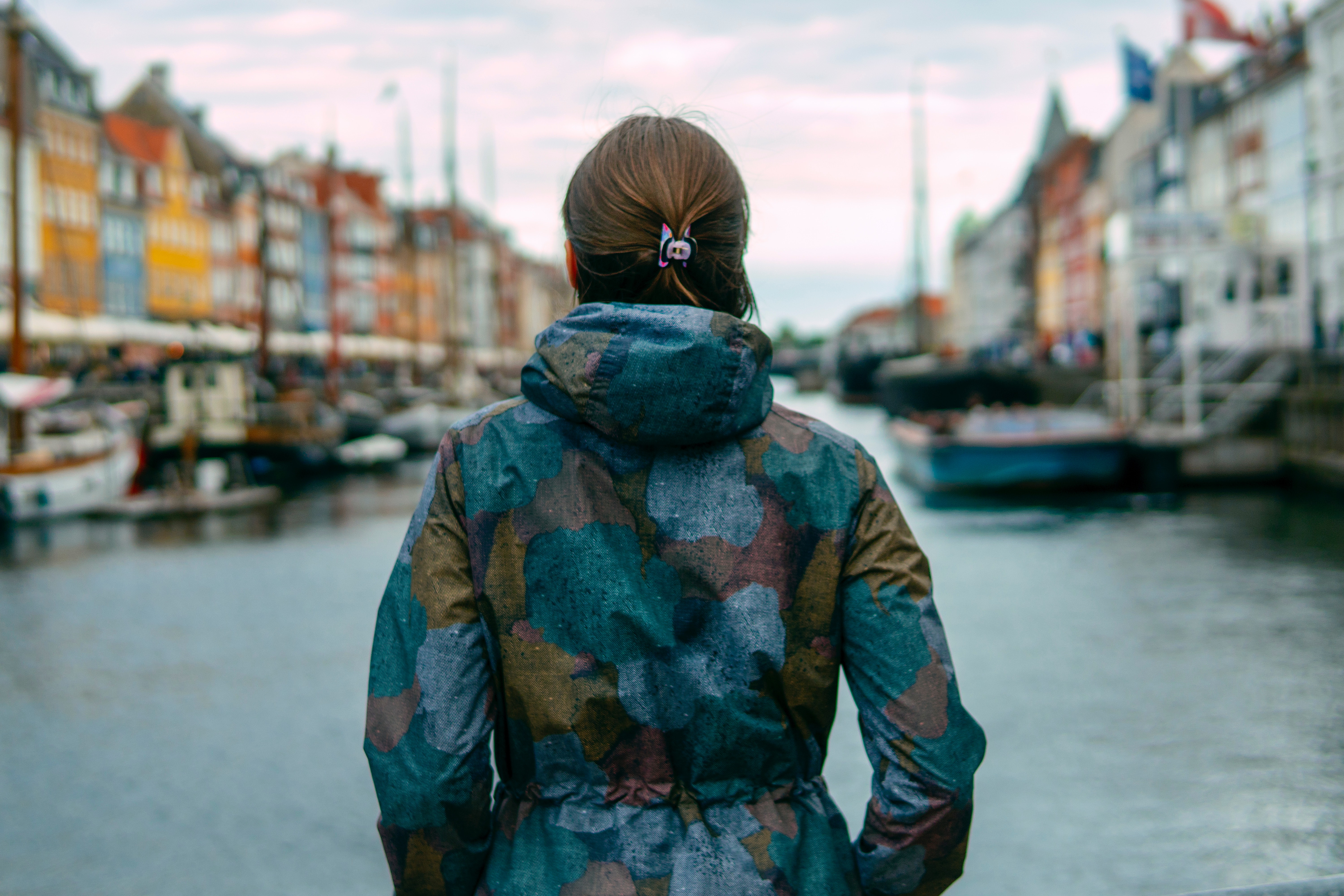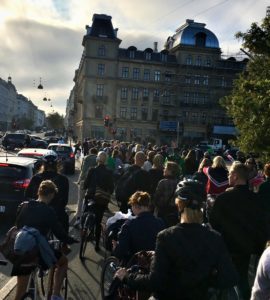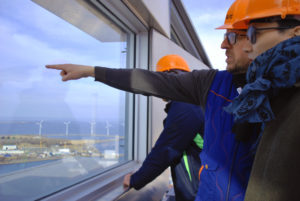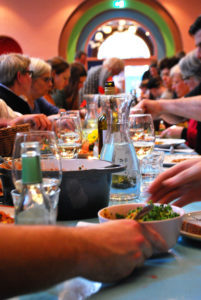Guided tours are an integral part of visiting a new destination—especially so if the destination is a city. Many tourists use tours to see the main sights and get background information on the destination’s history and culture. The guided tour can, however, also be used to raise awareness on key issues such as sustainability.
Active Copenhagen is a network of experience creators who offer tours and experiences showing sustainable living in practice. The mode of transportation is green: on bikes, running, walking, in kayak or on solar-driven boats. Our common storyline often does not include the word “sustainability” in the title or description. Rather, we focus on “localhood”: showing the tourist what it is like to be a local in Copenhagen—integrating sustainability on a practical level.
Localhood, a term coined by Wonderful Copenhagen in their strategy of 2017-2020, is very much in line with what we have been doing in recent years. By focusing on localhood and our own personal stories of what it is like to live in Copenhagen, we are moving from focusing on historical accounts to telling stories on how we live. How is it to use the bicycle as a main method of transportation—even in the cold and wet climate of the North? What is Copenhagen known for? In Copenhagen there are more bikes than cars!
In the Photo: Morning traffic on one of Copenhagen’s most busy stretches, Dronning Louise Bridge, a bicycle highway where nearly 4.4 million biked passed in 2017. Photo Credit: Nanna Balsby
Our stories are also about using space optimally, combining more than one use so we do not have “dead space” in our packed urban areas. An example of this is Amager Bakke—also called CopenHill. Amager Bakke is a city park built around one of the main powerplants in Copenhagen. When we bring tourists to Amager Bakke, the story of how Copenhageners recycle most of their waste comes to life (86 percent of our waste was recycled in 2012 and we are still improving). Most of what is not recycled is used to produce electricity and district heating from waste collected from over 550.000 households and companies throughout the city. This is amazing in itself but the story becomes even more interesting for visitors when they realize that Amager Bakke is not just a powerplant but also a recreational space. Aiming at opening up for the general public in end of 2018, Amager Bakke will offer experiences from skiing and hill training for runners to rock climbing walls and rappelling.
In the Photo: The view from Amager Bakke is not only breathtaking. It also depicts Copenhagen’s strive towards sustainable energy production both from incineration of waste as well as wind energy. Photo Credit: Julie Lindegaard Larsen for Active Copenhagen
Localhood also centers around the personal encounter between citizens and tourist. Tourism is seen in many urban destinations as a source of discontent for the locals: tourists are visitors, there only for the profit of tourism companies but not an integral part of the every-day lives of those living and working at the destination. At Active Copenhagen we keep our group size low in order to have time for dialogue between the tourist and the guide—as well as among the tourists themselves. Showing “sights” such as our bike highways, local hang-outs, Amager Bakke, etc. gives food for thought and a point of departure for discussing the challenges of a sustainable lifestyle in a modern context and from a pragmatic perspective.
Related Articles:
![]() “COPENHAGEN WANTS TO INSPIRE CITIES TO TAKE CLIMATE ACTION”
“COPENHAGEN WANTS TO INSPIRE CITIES TO TAKE CLIMATE ACTION”
by Frank Jensen
![]() “NORDHAVN: COPENHAGEN’S SUSTAINABLE FUTURE”
“NORDHAVN: COPENHAGEN’S SUSTAINABLE FUTURE”
One of the local hang-outs that we visit is the community house Absalon. As with many cities, property prices and rentals are considerable in Copenhagen and, as a consequence, many live in small apartments. Communal space outside the apartment is therefore in high demand. Absalon is a refurbished church turned into the “extended living room” of the people living in the neighborhood of Vesterbro, offering not only more space in which to hang out but also giving the opportunity for people to meet in a casual setting.
At Absalon tourists enjoy dinner side-by-side with locals from the Vesterbro. Children play with boardgames on the floor and senior citizens play backgammon in a quiet corner while dishes heaped with delicious food are passed around the dinner guests. For Lennart Lajboschitz, founder of Absalon, the aim is for people of all sizes, backgrounds and nationalities to meet and get to know each other. At Absalon this is not only possible—it is highly enjoyable.
In the Photo: Sharing an informal meal is the perfect setting for meeting across cultures and languages. Photo Credit: Julie Linegaard Larsen for Active Copenhagen
By using tours as sources of dialogue and to establish connections on a more personal note, we open up for the possibility to transfer of knowledge, ideas and inspiration from the guide to the tourist. The guide—as well as other persons encountered during the tours—thereby become ambassadors for the destination. Likewise, the tourists are co-creators, bringing to the table their experiences on how to integrate sustainable practice in everyday life. It becomes an entertaining self-reflection for the tourist, the guide and, indirectly, for the destination as a whole.











